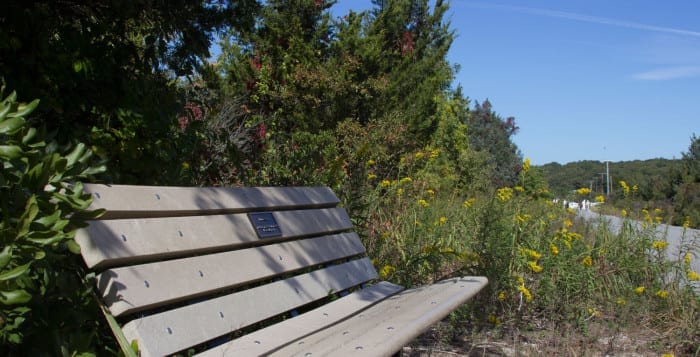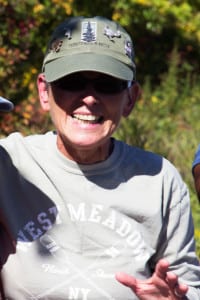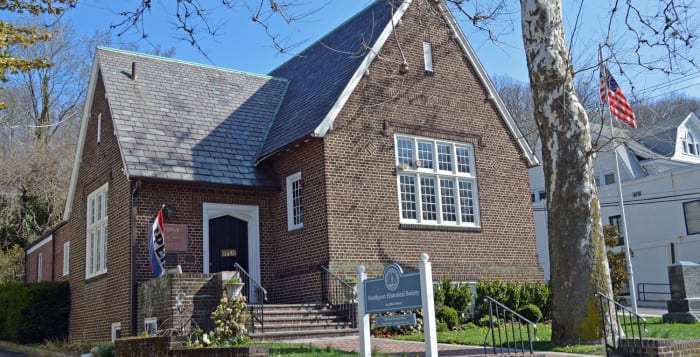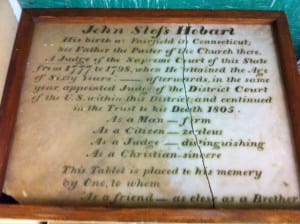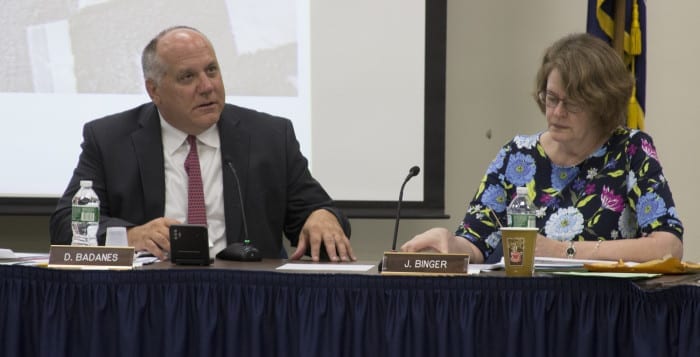Months after a fire at a neighboring restaurant, an East Setauket business owner is still dealing with the aftermath in his own storefront.
Eric Santiago, owner of Innovative Nutrition, celebrated 40 years in business this summer, but the milestone was marred when he walked into his store July 30 to find water pouring through the ceiling. Besides the ceiling, the floor and a good amount of his merchandise were damaged as well. Earlier that morning fire had broken out in the kitchen of Mario’s restaurant in Old Schoolhouse Square, and due to firefighters needing to fight the fire from the roof, water began entering Innovative Nutrition.
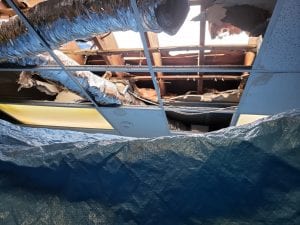
To clean up, Santiago closed his doors for a week, and he will close the store again for another week or two during this month to have repairs done.
The business owner said it has been taking awhile to get everything resolved, especially having to dealing with lawyers and insurance adjusters. But after 40 years in business, he has what it takes to get through the adversity.
“You just have to buckle down,” he said. “It’s fortitude and it’s stubbornness.”
Through the decades the business has been known as Village Natural Foods and VNF Nutrition before Santiago changed the name to Innovative Nutrition. He and his brother, Gary, opened their first health food store in 1979. Santiago was 25 at the time and his brother 22.
“We both wanted to go into business,” he said. “It seemed like the right time to do it, and we’re both into health and wellness. It was the end of the ’70s and health food was very popular and becoming more popular.”
At first, he wanted to open up a surf shop and his brother a bicycle shop, but it was his mother who told her sons that if they opened a health food business, she would loan them the money. A year later, his brother left the business and now lives in Seattle where he has become a successful bicycle retailer.
In the 40 years since he opened his first store with his brother, Santiago has operated out of a few different locations. During the earlier days he was in a spot near Stony Brook Beverage on Route 25A and then where Starbucks is today in the Three Village Shopping Center. When Wild by Nature opened a few doors down from him, Santiago soon found out it was difficult to fight the competition.
“Wild by Nature put me out of business once and now a fire put me out of business, but we’ve come back both times,” he said.
He moved from the Three Village Shopping Center and set up shop in Port Jefferson, where he also lives. He said when the economy crashed in 2009, he moved back to the Three Village area and opened up at the current location.
Today besides Santiago and his five employees serving customers in person, Innovative Nutrition has a mail order business where people all over the United States can order from the store’s website. Like many small businesses, Santiago said it’s difficult nowadays to compete with major online retailers such as Amazon and other big-box stores, but he said there are benefits to purchasing from a small business, especially as some of the larger chains may have associates who aren’t as knowledgeable.
“I’ve been in the nutrition business for 40 years,” he said. “You can have a conversation with me about nutrition, about supplements. It’s a very involved field.”
Despite the adversities, the business has faced, Santiago said as a homeowner with two grown children, he can’t throw his hands up and quit.
“I can’t afford to lose,” he said. “Too many people have been counting on me over the years.”


